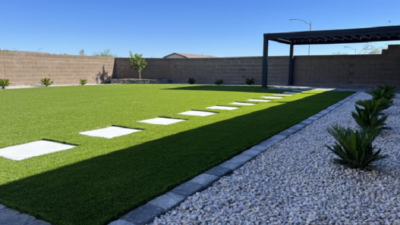The body of an essay is something that stays in between the introduction and the conclusion. It is the most elaborate and wordy section of all, as it promises to answer the question that has been raised through the essay. It might also work as a support to your introductory thesis.
However, in that case, the formatting of the essay will be a little different.
The body can be used to offer new information on the main topic through logical deduction or an eminent usage of information. Sometimes, anecdotal evidence and deliberate persuasion can also be used to complete the body paragraph of an essay.
However, when it comes to writing an essay, most people consider giving more importance to the introduction and conclusion of it. Hence, in this article, we will talk about how you will be able to improve the quality of its body more. So, let’s get started with it.
The Structure of the Body Paragraph
The body of an essay will be large, informative, and data-centric. Hence, you should consider each of the sections of it to be a microcosm of a greater work. Each of them should have their own introduction, body, and conclusion too. From a general viewpoint, the body of an essay should be dissected into four elements. Here is what you need to know about them –
1: The Transitions
The term ‘transition’ refers to a sentence or two that can connect the current paragraph to the previous one. It should create a coherent flow of information throughout the entire article. It’s usually found at the beginning or the end of an article or an essay.
2: Topic Sentence
This sentence should share some information about what the section will talk about. If you are using this at the beginning, then the transition should be placed at the previous paragraph. The topic sentence, in most cases, will be concise, relevant, and a little vague.
3: Supporting Sentence
A supporting sentence should always be placed after you have made a statement. It will show an affirmation regarding whatever you have written and help you justify your opinion. You’ll need to use some sort of data, quotation, or something as such to support the former sentence.
4: The Conclusion
As the name implies, the conclusion will wrap up the entire argument you have placed under a subheading or subsection. It should reassert the statement you have provided. Try your best to include a supporting statement in this section to make your point seem more valuable.
How to Write the Body Paragraph?
The body section of an essay will have most of the information of the article. Hence, if you do not organize the same properly, it will be difficult for you to present the idea properly.
Here’s how you can do it.
1: Always Write the Work with a Purpose.
The paragraphs available in the body will serve the goal of offering support to the information available in the thesis. Hence, they can be about the following –
- Digging into the details of your essay
- Offer some background information
- Providing contrasting viewpoints regarding the topic of the essay
The number of the paragraphs in the body section will depend on the scope and the limitation of the words in your essay. In any case, try to change a paragraph after you have written fifty or so words in a single one. Just make sure to add some relevant information.
2: Include a Lot of Counterarguments.
Your essay should be all about writing an argument and, then, countering the same with your own opinion – or counterarguments. It’s used for both analytical and argumentative options.
How do you do that?
Well to begin with, you’ll need to find a sentence or an idea that has been written on whatever reference you are using. It might be correct or incorrect – depending on the topic you have.
Now, once you have written and explained the same, make sure to write your own opinion. It should counter the previous argument with facts and logical explanation.
3: Break the Paragraph When Needed.
Writing a longer paragraph or two in your essay will not be the end of the world. Instead, it’ll look good, as long as you are providing enough correct information and stats within it.
However, you can’t do the same for every section or subsection.
Not breaking a paragraph will make it difficult for the reader to understand whatever data you are trying to convey. In some cases, they might also get confused as to where you are headed.
But, don’t break the paragraph whenever you want.
A paragraph should only be concluded when you have complete writing about the topic that it was trying to explain. Otherwise, the arrangement of the body will look bad.
As a rule of thumb, you should only write around 50-70 words in a single paragraph. It will be best if you can conclude the same without even going that far. Being concise and crisp is key.
Bonus – Revise, Revise, and Revise.
Researching, writing, and formatting is only 50% of the work of the essay writing process. Be sure to revise the entire article at least twice to finalize it properly.
When you are revising the article, there are two things you’ll need to focus on –
- Spelling and grammatical mistakes
- Sentence construction and organizational errors
If you go through the article thoroughly, you will find thousands of such issues there. Thus, it will be best if you go through the same twice and then ask someone else to read it.
This way, you will also be able to take care of your proofreading woos.
Conclusion
Writing an essay, especially if you have no prior knowledge about writing, can be difficult. So if you want to get some assistance regarding the same, make sure to hire IvoryResearch.
It is an essential essay writing service provider that can help you with writing, proofreading, and editing the article for a small price. They can also provide the piece within the deadline you have given. So, it’s a win-win for you!










Comments